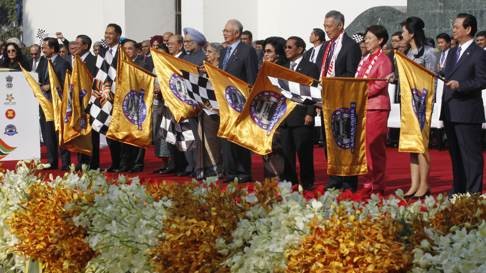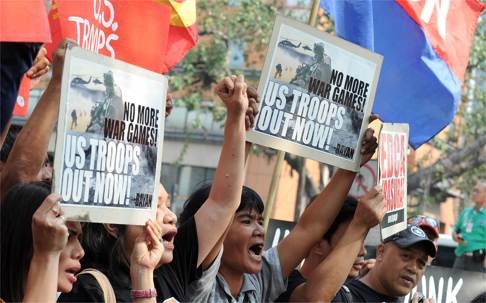Obama must find ways to enhance Asean unity amid growing tensions over South China Sea
James Wertsch, Shen Dingli and Swaran Singh say the US should use the Asean summit in California to re-emphasise the association’s strengths in maintaining regional peace and stability

After the Asean-China and Asean-India summits in Beijing and New Delhi in 2006 and 2012 respectively, the US next week hosts the third “out-of-region” Asean summit at the historic Annenberg Estate in Sunnylands, California.
But, if US Secretary of State John Kerry’s recent preparatory trips to Laos (the current Asean chair), Cambodia and China are anything to go by, America’s attempts to showcase “Asean unity” by exploring a consensus on the South China Sea have only revealed the growing fissures within the Association of Southeast Asian Nations while pushing the US and China into a spiral of political polemics.
READ MORE: What the US can (and can’t) do to keep Asean united

Asean was formed in 1967 to promote regional stability, greatly encouraged by the US to contain the spread of communism. It evolved into Asia’s most effective multilateral forum, and launched several Asean-centric gatherings such as Asean+3 (with China, Japan and South Korea), the Asean Regional Forum (involving Asean plus 17 other states from all over the world) and the East Asia Summit (Asean plus eight major powers). Through a consensus, Asean was “in the driver’s seat” and was thus expected to resolve regional issues without hurting the core interests of major powers. But China’s rise since the 1990s and sporadic US-China contestations have gradually eroded the original Asean lustre.
READ MORE: California, here we come: date set for first-ever Asean summit hosted by a US president
Member nations’ divergent perspectives on the South China Sea also explain this erosion of Asean unity. A few members have tried engaging India as a counterweight to China, but New Delhi has remained reticent. Meanwhile, Beijing’s prompt help during the Asian financial crisis opened the floodgates of China’s economic engagement, strengthening its leverage. This coincided with the expansion of Asean – Cambodia, Laos, Myanmar and Vietnam joined the group – further complicating Asean “collective” will. The US and India felt like losers and viewed China’s rising influence as contrary to their interests. India experienced difficulty becoming a founding member of the East Asia Summit while US entry was delayed by five years, raising questions about Asean neutrality.
